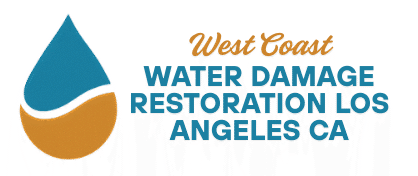Introduction
Mold growth is one of those household issues that often starts small but quickly spirals into a serious problem. A faint musty odor, a tiny patch on the ceiling — these early signs are easy to dismiss until the problem spreads behind walls and under floors.
In this post, you’ll learn how mold develops, the key warning signs to look for, and why early action through Mold Remediation Services can save your property, health, and wallet.
What Is Mold and Why Does It Grow?
Mold is a type of fungus that thrives in damp, dark environments. It reproduces by releasing microscopic spores that can travel through the air and settle on moist surfaces. Once it finds a suitable environment, it spreads fast — sometimes within 24 to 48 hours.
Common Conditions That Encourage Mold Growth
- High humidity levels (over 60%)
- Leaks in roofs, windows, or plumbing
- Condensation on cold surfaces
- Poor ventilation in bathrooms, basements, or attics
- Organic materials like wood, drywall, and fabric
Even a small leak or condensation can start the process. Over time, mold can damage structural components and affect indoor air quality.
Early Warning Signs You Should Never Ignore
1. Musty Odors
If a room smells damp or earthy even after cleaning, it may indicate hidden mold behind walls or flooring.
2. Discoloration or Stains
Look for spots that are green, black, brown, or gray on walls, ceilings, or baseboards.
3. Peeling or Bubbling Paint
Moisture trapped under paint often signals an underlying mold issue.
4. Persistent Health Symptoms
Allergy-like symptoms — coughing, sneezing, or headaches — that improve when you leave the space may be mold-related.
5. Water Damage History
If your home or building has experienced flooding, roof leaks, or burst pipes, it’s highly susceptible to mold.
The Risks of Ignoring Mold
Mold doesn’t just look bad — it actively damages surfaces and affects air quality.
Ignoring the signs can lead to:
- Structural weakening of walls, ceilings, and flooring
- Costly restoration or replacement of materials
- Health issues like respiratory irritation
- Reduced property value
That’s why calling a professional for Mold Remediation Services is more than maintenance — it’s protection.
Professional Mold Remediation — What to Expect
When you bring in experts such as Valley WD Restore, the process involves several key stages:
- Inspection and Assessment — Identifying the mold type and its source.
- Containment — Isolating the affected area to prevent spread.
- Air Filtration — Using HEPA filters to capture airborne spores.
- Mold Removal — Cleaning or discarding affected materials.
- Drying — Ensuring all moisture is removed to prevent recurrence.
- Restoration — Repairing and replacing damaged structures.
Professionals use specialized tools like air scrubbers, dehumidifiers, and moisture meters to ensure mold is fully addressed.
When to Call a Professional
Call a professional immediately if:
- Mold covers more than 10 square feet
- The mold is hidden behind walls or HVAC systems
- You experience recurring growth despite cleaning
- The area has flood or water damage
At that point, DIY efforts won’t be enough — you’ll need expert intervention.
📞 Need immediate help? Contact Valley WD Restore to schedule an inspection or request more information.
Final Thoughts
Early detection is the key to effective mold management. Watch for warning signs, control humidity, and don’t hesitate to seek professional help when mold spreads beyond what you can handle.
For full service details, visit Mold Remediation Services or reach out via the contact page to take the next step toward a cleaner, safer home.



